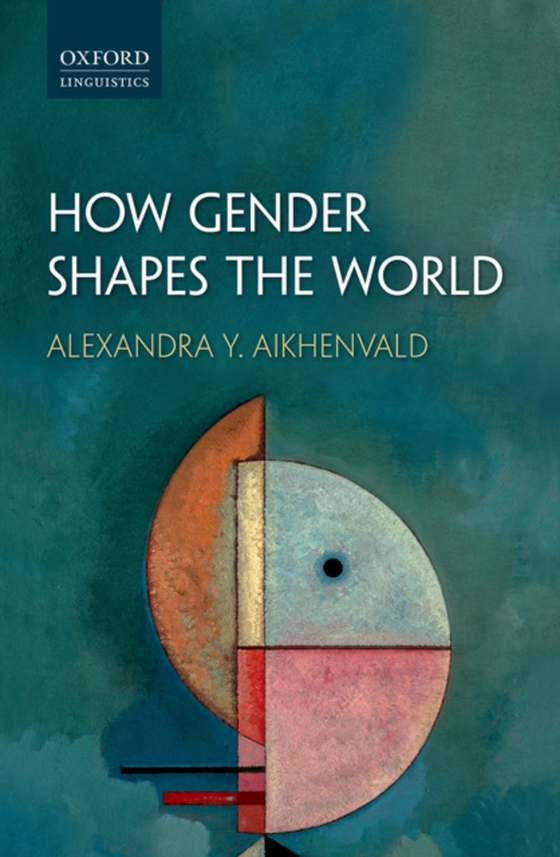
How Gender Shapes the World e-bog
369,41 DKK
(ekskl. moms 295,53 DKK)
This is a book about the multi-faceted notion of gender. Gender differences form the basis for family life, patterns of socialization, distribution of tasks, and spheres of responsibilities. The way gender is articulated shapes the world of individuals, and of the societies they live in. Gender has three faces: Linguistic Gender-the original sense of 'gender'-is a feature of many languages and ...
E-bog
369,41 DKK
Forlag
OUP Oxford
Udgivet
5 september 2016
Længde
304 sider
Genrer
CFGA
Sprog
English
Format
pdf
Beskyttelse
LCP
ISBN
9780191035692
This is a book about the multi-faceted notion of gender. Gender differences form the basis for family life, patterns of socialization, distribution of tasks, and spheres of responsibilities. The way gender is articulated shapes the world of individuals, and of the societies they live in. Gender has three faces: Linguistic Gender-the original sense of 'gender'-is a feature of many languages and reflects the division of nouns into grammatical classes or genders(feminine, masculine,This is a book about the multi-faceted notion of gender. Gender differences form the basis for family life, patterns of socialization, distribution of tasks, and spheres of responsibilities. The way gender is articulated shapes the world of individuals, and of the societies they livein. Gender has three faces: Linguistic Gender-the original sense of 'gender'-is a feature of many languages and reflects the division of nouns into grammatical classes or genders (feminine, masculine, neuter, and so on); Natural Gender, or sex, refers to the division of animates into males and females; and Social Gender reflects the social implications and norms of being a man or a woman (or perhaps something else). Women and men may talk and behave differently, depending on conventions withinthe societies they live in, and their role in language maintenance can also vary. The book focuses on how gender in its many guises is reflected in human languages, how it features in myths and metaphors, and the role it plays in human cognition. Examples are drawn from all over the world, with aspecial focus on Aikhenvald's extensive fieldwork in Amazonia and New Guinea.
 Dansk
Dansk

